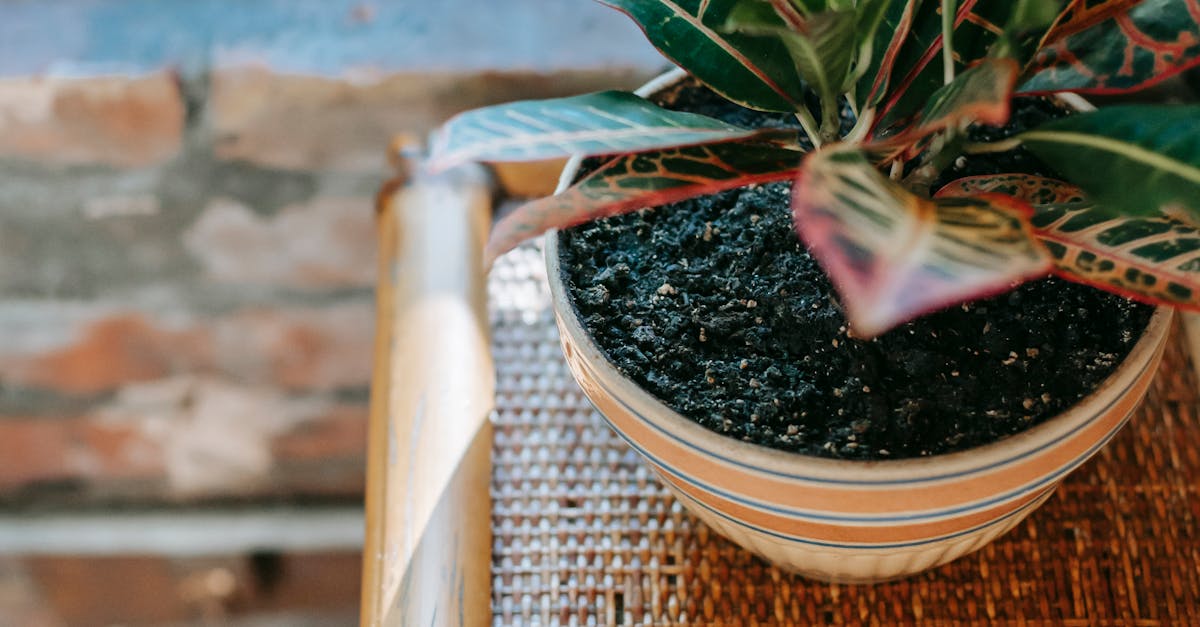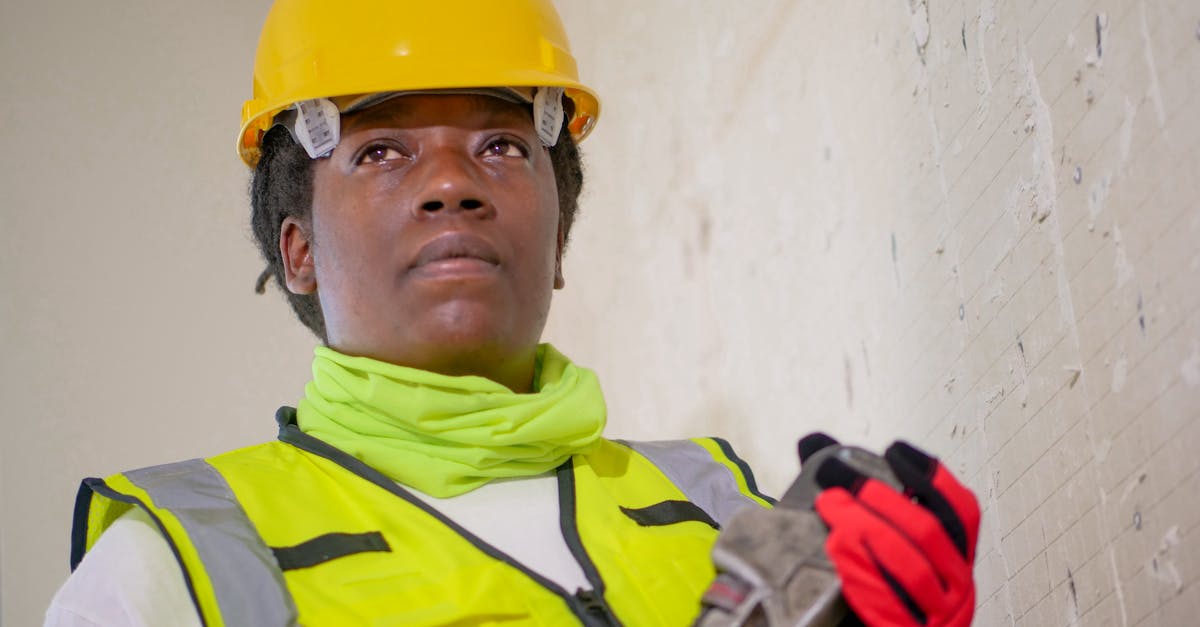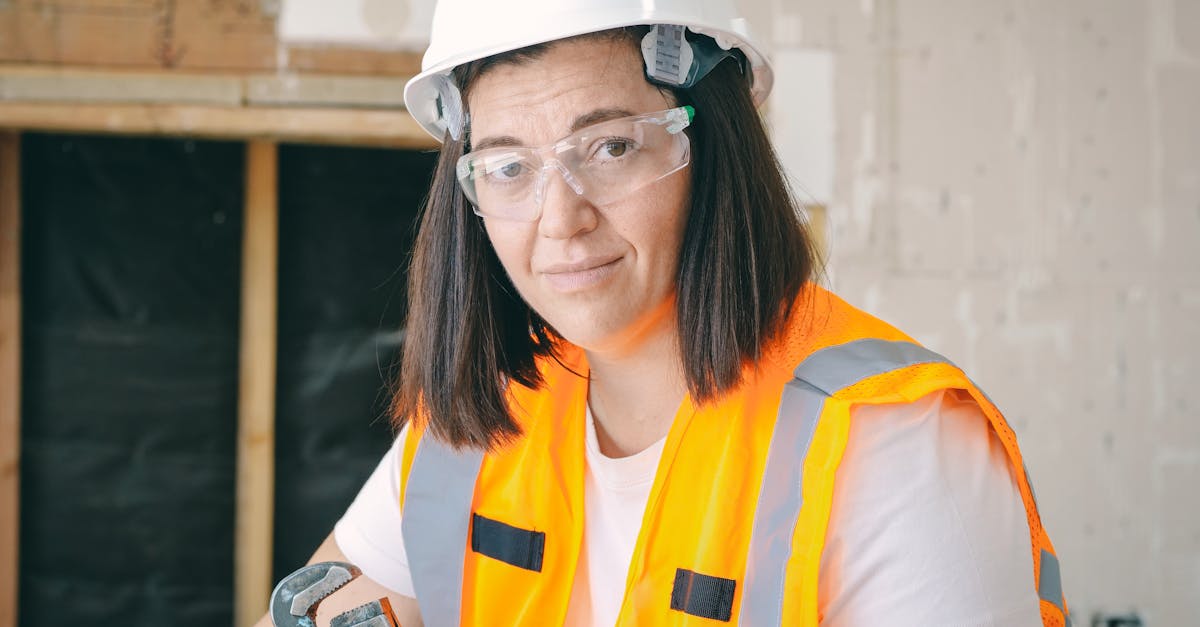
Table Of Contents
Disconnecting Your Old Sink
Before starting the process of removing your old sink, make sure to turn off the water supply. This step is crucial to avoid any accidental spills or leaks during disconnection. Next, you will need to disconnect the plumbing beneath the sink. Use a basin wrench or adjustable spanner to loosen the nuts connecting the water supply lines to the sink. Additionally, remove the drain pipe by loosening the slip nuts, taking care to place a bucket underneath to catch any remaining water. Following these initial steps ensures a safer sink installation and repair process.
Once the plumbing is disconnected, you can focus on removing the old sink. If your sink is secured with clips, use a screwdriver to unfasten them. For sinks that are glued in place, carefully cut through any caulk or adhesive with a utility knife. Lift the sink out of the countertop, taking care to avoid damaging the surface. After removal, check the area for any remaining debris or materials that might interfere with the new sink's installation. Proper preparation at this stage sets the foundation for a successful sink installation and repair.
StepbyStep Guide
Begin by ensuring that the water supply is turned off to prevent any spills during the process. Use a bucket to catch any remaining water in the pipes as you disconnect the existing plumbing. Carefully remove the old sink by loosening any clips or fasteners that hold it in place. Take your time to avoid damaging the surrounding countertop or cabinetry. During this step, inspect the plumbing for any needed repairs which may be essential in the long run.
Next, prepare the new sink for installation. Check to ensure it fits correctly within the existing countertop cutout. Gather all necessary tools and materials for the job, including silicone sealant, plumber’s putty, and a wrench. As you progress, pay close attention to the alignment and stability of the sink. Proper sink installation and repair techniques will contribute to its longevity and performance in your kitchen, making this a crucial step for a successful update.
Preparing the Area for a New Sink
Before proceeding with the new sink installation, it’s essential to prepare the area properly. Start by clearing the countertop and removing any items that may obstruct the process. A clutter-free workspace allows you to focus on the installation task and reduces the risk of accidents. Check for any existing plumbing issues or leaks. A thorough inspection helps to identify potential problems before you begin the actual installation, ensuring a smoother process.
Cleaning the area is the next crucial step. Use appropriate cleaning agents to remove any grime or debris, particularly where the old sink was mounted. This not only creates a more hygienic workspace but also ensures that the new sink fits correctly. Once everything is clean and dry, confirm that all plumbing components are ready for the upcoming sink installation and repair. Having all necessary tools and materials on hand will streamline the installation process further.
Cleaning and Clearing the Workspace
Before proceeding with the installation, it’s essential to clean and clear the workspace. Remove any items stored beneath the sink. This includes cleaning supplies, dish soap bottles, and other kitchen accessories. A clutter-free area ensures that you have sufficient room to manoeuvre during the sink installation and repair.
Next, clear away any debris such as old plumbing parts or leftover materials from the previous sink. Wipe down the surfaces to remove dust and grime that may have accumulated over time. Ensuring the area is tidy will facilitate a smoother installation process. Adequate preparation is key to achieving a successful sink replacement without damaging the surrounding countertop.
Installing the New Sink
Before you begin the sink installation process, ensure all necessary materials and tools are laid out. This could include the sink itself, mounting clips, a wrench, plumber's putty, and a silicone sealant. Familiarise yourself with the specific requirements for the new sink, as different models may have unique installation needs. Prepare the area by ensuring that all plumbing connections are accessible and free from debris, which will make the process more efficient.
Once the area is ready, position the new sink into the designated space and secure it with the provided clips. It's essential to apply plumber's putty around the drain opening before attaching the drain fitting to prevent leaks. After correctly positioning and tightening all plumbing connections, run water to check for any signs of leakage. Following these steps will help ensure a successful sink installation and repair, enhancing the utility of your kitchen without the need for countertop replacement.
Detailed Installation Instructions
Begin by placing the new sink into the existing cutout of the countertop. Ensure it fits snugly and aligns with the plumbing underneath. If necessary, use a silicone sealant around the edge of the sink to create a watertight seal. This is crucial to prevent any leaks over time. Once positioned correctly, secure the sink using the mounting clips or brackets that came with it. Tighten them evenly to avoid any stress on the sink.
Next, reconnect the plumbing and ensure all fittings are tightened properly. This includes attaching the drain assembly and connecting the water supply lines. Turn on the water supply and check for any leaks around the plumbing connections. It's important to run both hot and cold water for a few minutes to confirm everything is functioning correctly. Sink installation and repair require careful attention to detail, ensuring that both functionality and aesthetics meet your expectations.
FAQS
Can I replace my kitchen sink without replacing the countertop?
Yes, you can replace your kitchen sink without replacing the countertop, as long as the new sink fits within the existing cutout of the countertop.
What should I consider when choosing a new sink to fit my countertop?
When selecting a new sink, consider the dimensions, depth, and mounting style (drop-in or undermount) to ensure it matches the existing cutout and plumbing.
Do I need professional help to replace my kitchen sink?
While many homeowners can successfully replace a sink on their own, hiring a professional is advisable if you're unsure about plumbing or if your installation is complex.
What tools do I need to replace my kitchen sink?
Common tools needed include a basin wrench, screwdriver, plumber's putty, and a sealant knife. You may also need a bucket to catch any water during the process.
Will I need to replace the plumbing when changing my sink?
You may not need to replace the plumbing, but you should inspect it for any wear or leaks. In some cases, adjustments may be necessary to accommodate the new sink.





























